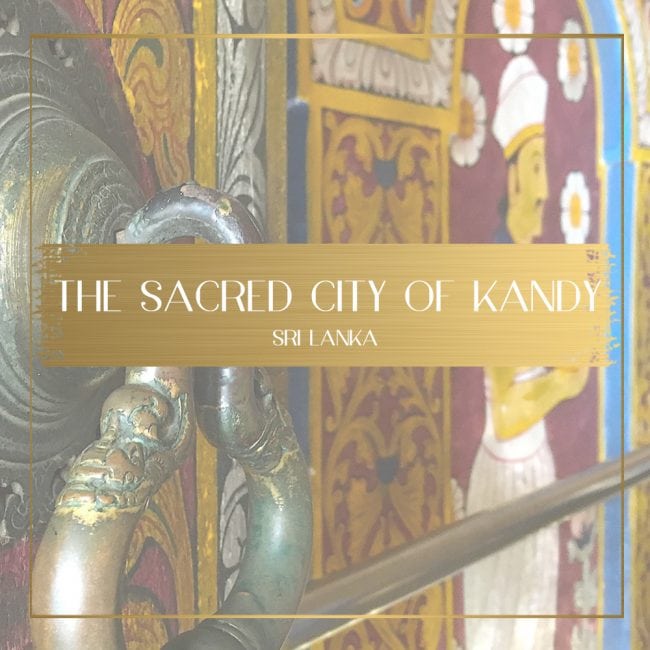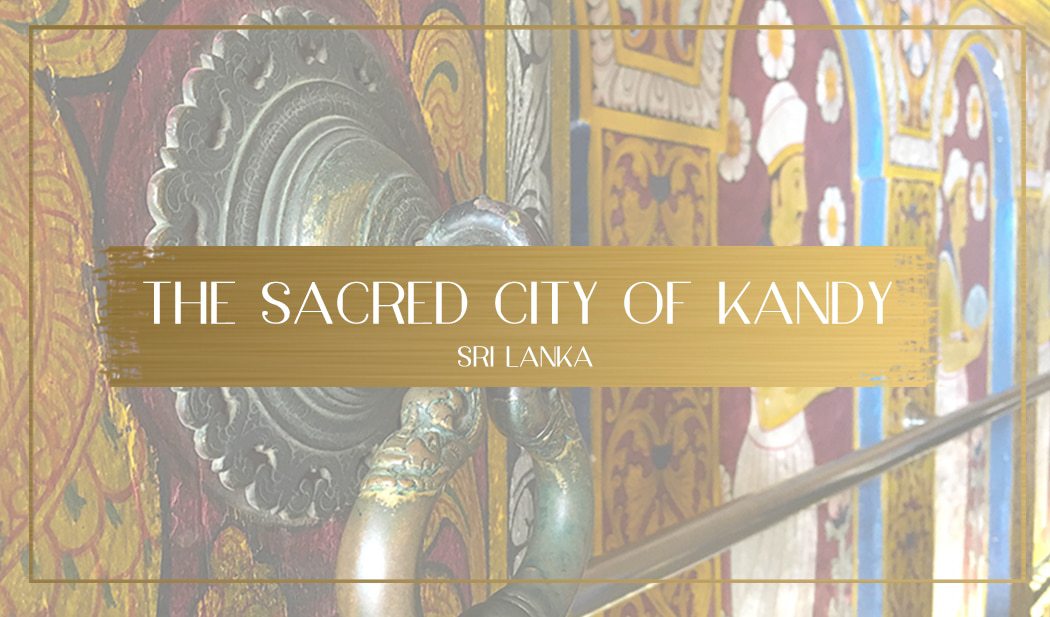Established at the end of the 16th century, the Sacred City of Kandy was Sri Lanka’s last independent kingdom. At that time, most of the North and the coastal regions had fallen in the hands of either the Dutch, the British or the Portuguese.
The last ruling dynasty was the ‘Nayaks’ of Kandy until they also were conquered by the British in 1815 when the last Sri Lankan monarchy was deposed and the British monarchy took over.
At that time, the capital was home to the Tooth Relic of the Buddha. A tradition started in the 4th century dictated that the royalty be the protector of the relic and ruler to the land. Even after the British conquered Sri Lanka, the city maintained its function as the religious capital of the Sinhalese and a place of pilgrimage for Buddhists.
The relic was not only an important religious symbol but also the representation of power. It was believed that whoever held the relic was to rule the country hence its importance to the Sri Lankan royalty.
History tells that The Tooth Relic was originally in India and was sent to Sri Lanka by the Kalinga ruler, who found himself in imminent danger of losing in battle and therefore losing the Tooth Relic and resolved to send it to his friend, the Sri Lankan king, who at that time was a prominent supporter of Buddhism.
This way, the relic was transferred from India to Sri Lanka. During its trip, the relic performed several miracles giving it superhuman powers.
Kandy is a famous and popular destination in the country. Visitors flock to its fresher air, the feeling of being in the mountains and the highlands surrounding it. There are tea plantations, trees, jungle and rice paddies. But the most important sight in Kandy is the Sri Dalada Maligawa or the Temple of the Sacred Tooth Relic where the tooth relic is held.
The temple was built as part of the royal palace complex near Kandy’s lake. The sacred city of Kandy is a UNESCO site since 1988. Although the relic has been in Sri Lanka since the 4th century, its location shifted several times until it ended up in Kandy with the last ruling monarchy in the 16th century.
Today, the Temple of the Sacred Tooth Relic is a functioning temple so daily worship rituals are conducted three times a day at dawn, noon and in the evening. On Wednesday, there is a symbolic bathing (Nanumura Mangallaya) of the Sacred Relic with a herbal preparation made from scented water and fragrant flowers.
The water is thought to have healing powers and is distributed among the presents so make sure to be there if you are in town on a Wednesday.
Through the years, various devotees including Heads of State, have made donations to the Tooth relic which are today on display at the Museum. The palace complex is large and can be explored over few hours. There are museums, shrines, sacred trees and beautiful buildings.
Beyond the palace area Kandy is an eminently colonial city. It is busy and packed with visitors and locals with traffic heard through the various multilevel streets of the city and towering buildings spread across the valleys. But life is a while behind Colombo and still shows clear signs of the British occupation.
Old photographs, buildings and structures are still visible. One has the feeling that time has passed at a slower pace and, although Colombo is surely showing quick signs of development and openness, Kandy is lagging behind and taking it slower.
Aside from the Palace and the Tooth Relic, Kandy is a must in your Sri Lanka itinerary. It is well known for its beautiful Botanical Gardens, originally started during the 14th century when the King kept residence at Peradeniya, 5km from Kandy, where the gardens can be found. Expect thousands of orchids and beautiful lawns.

